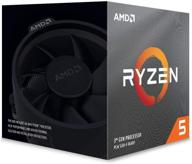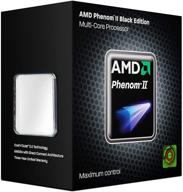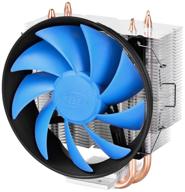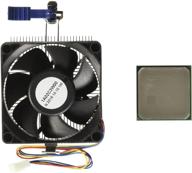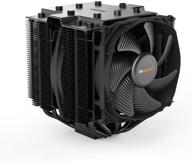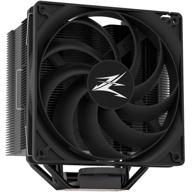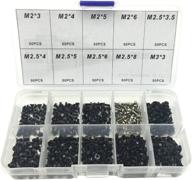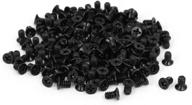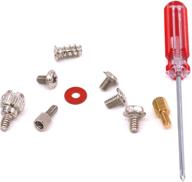- Who's warming up there? Set the CBO - silently and coldly. At standard loads, the temperature in the drain is about 40-45 degrees / Voltage per percent is around 1.1V (in idle - about 32-37 degrees). When all 6 cores are set to 4700 GHz, the temperatures in standard tasks are about 50-55 degrees (in idle, the same 37). I tried stress tests, the board itself set the voltage to 1.30-1.32. I tinkered with the power supply, it starts up perfectly at 4700 * all 6 cores when setting 120225V per core. LinX runs without problems, warming up the CPU to a maximum of 88 degrees (there was a peak of 91 degrees when the pump accelerated). This is with ASUS Multicore Enhancement and CPU SVid enabled. Probably 85-90 degrees is a lot, but judging by the horror stories that people described here (someone almost rises to 100) - either the percent is successful, or the asus is friends with the board, or everything together with the CBO allows you not to bathe. In addition, the computer is for tasks, not for stress tests, and in everyday life 50 degrees is more than acceptable. For the sake of curiosity, I tried overclocking with the Asus utility or BIOS - up to 5.2 GHz (a little on the bus (103), the rest is a multiplier, but the voltage is about 1.4V - what for) in sync across 6 cores (without scalping) while maintaining acceptable temperatures (maximus X hero). I don’t know why to a percent, if everything flies anyway.
- In the standard mode, by default, the processor frequencies are up to 4.3 GHz, that is, you need to drive a little, or turn it on in turbo mode. (although I don’t know if this is necessary, if everything pulls without brakes anyway). Floating (dramatically changing) frequencies lead to sharply jumping core temperatures, which does not reflect the actual heating of the stone, but affects the operation of fans (monitoring on the board).







